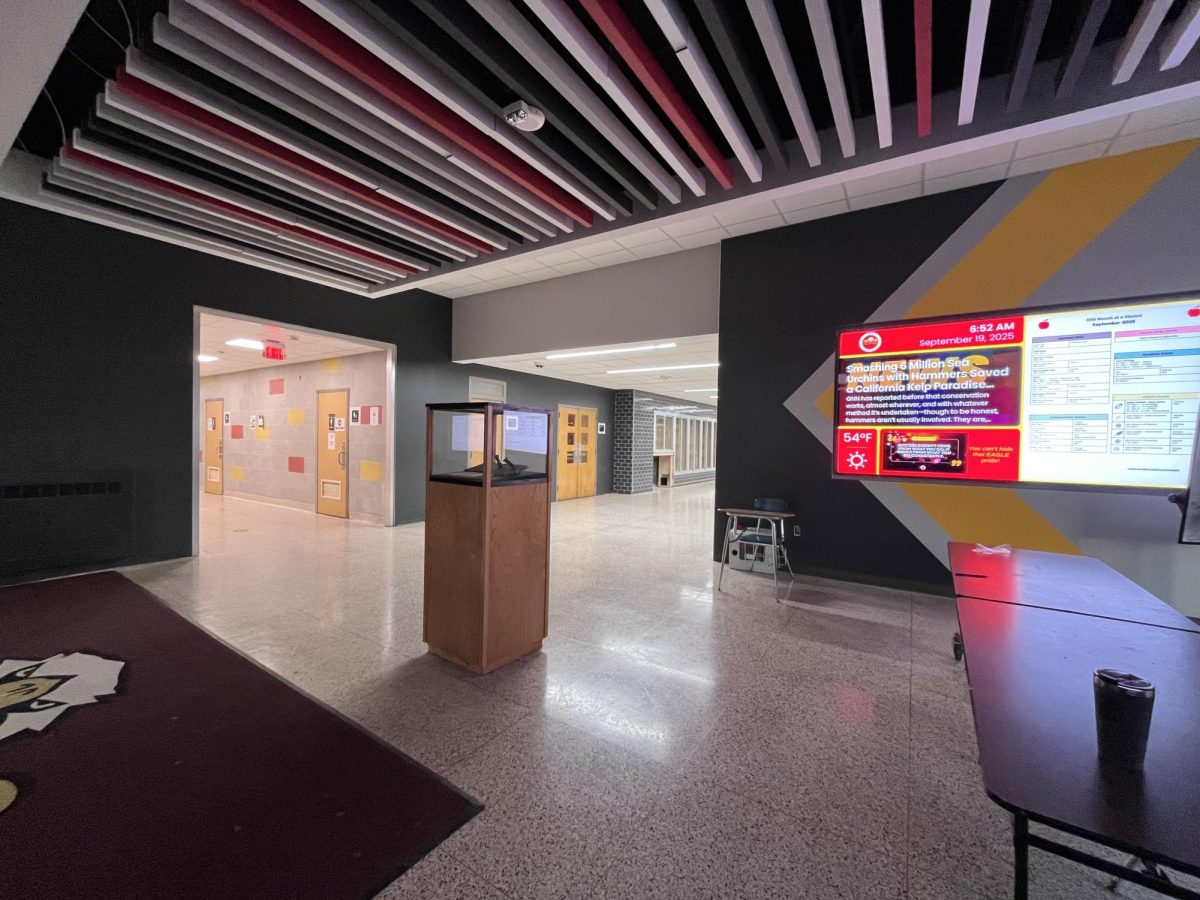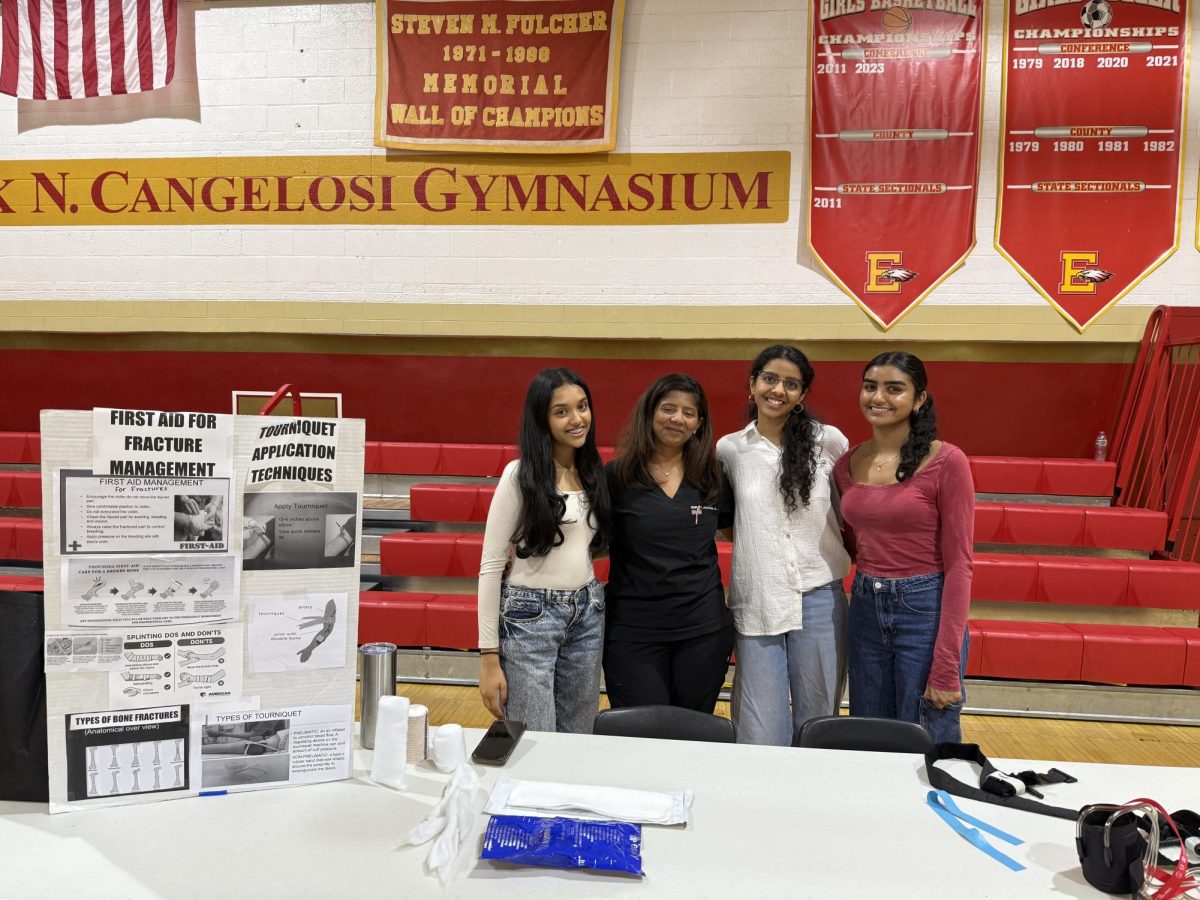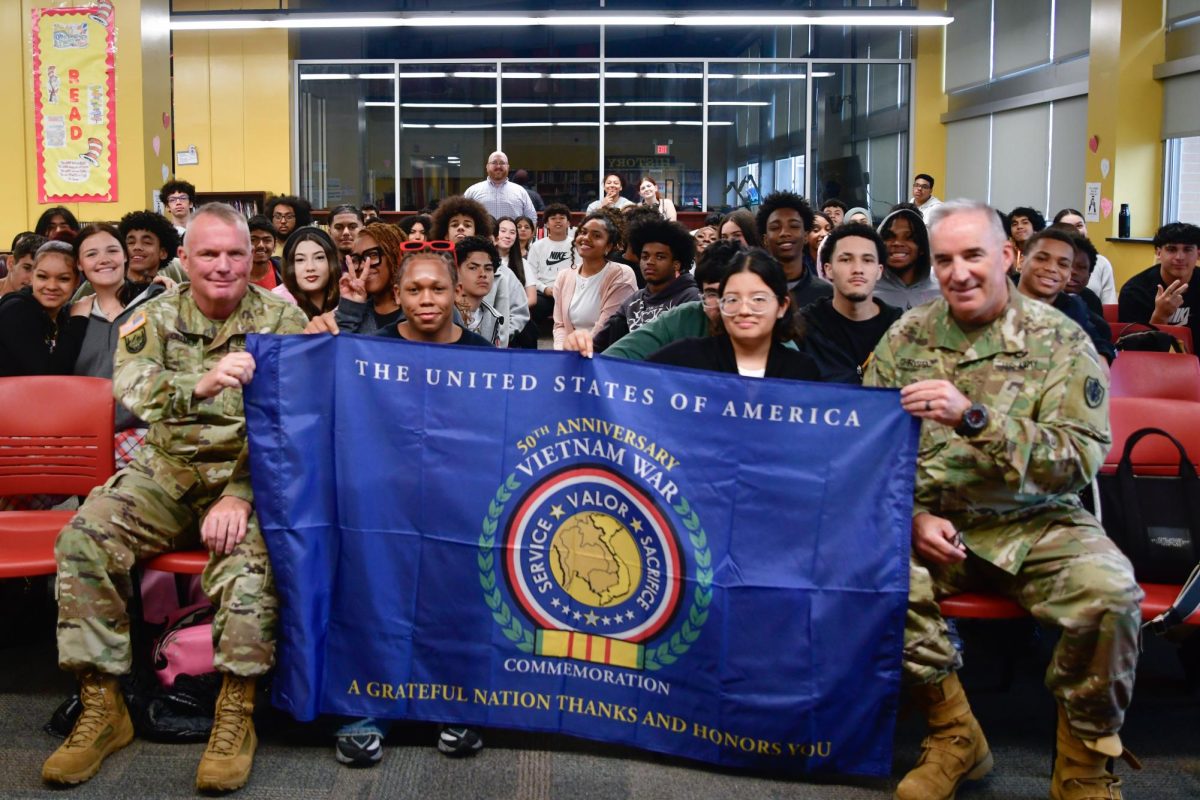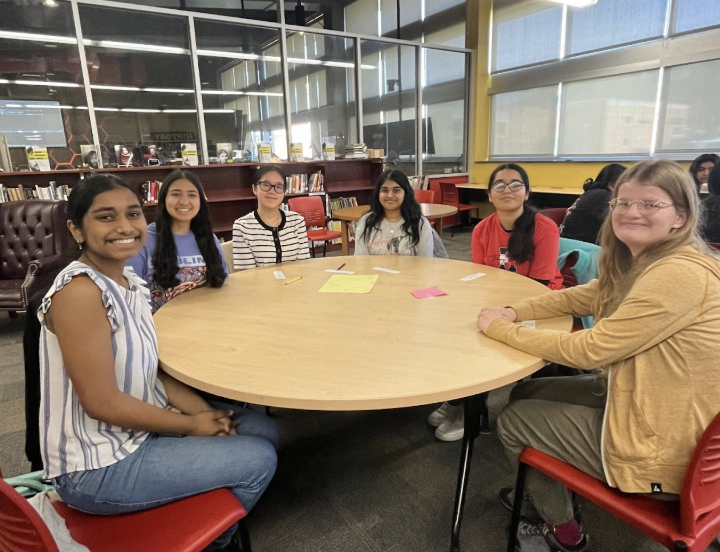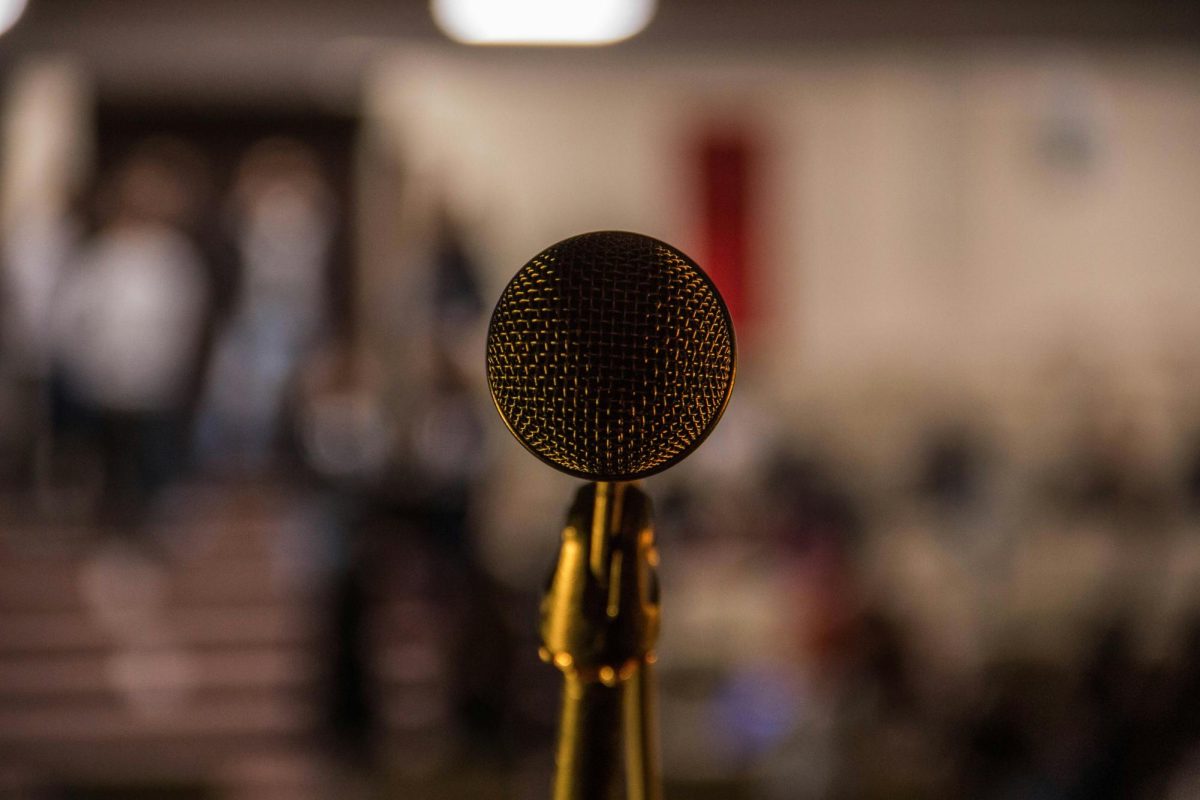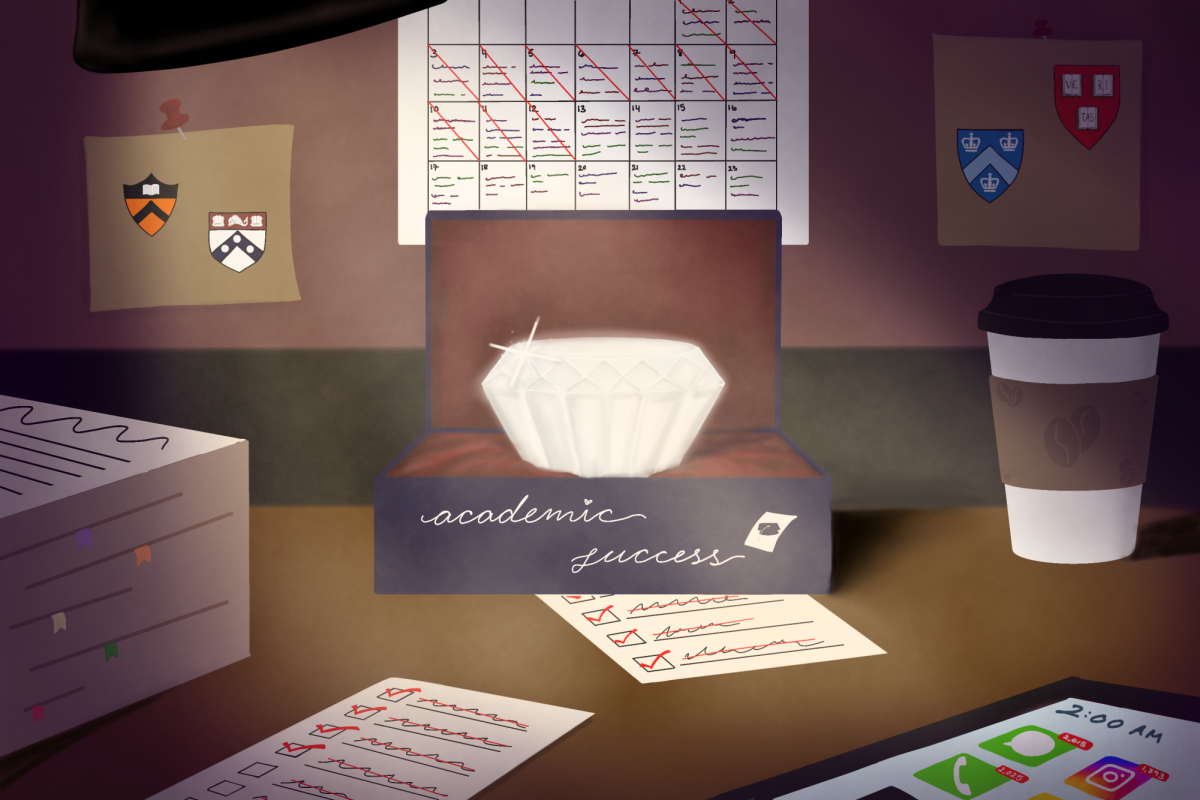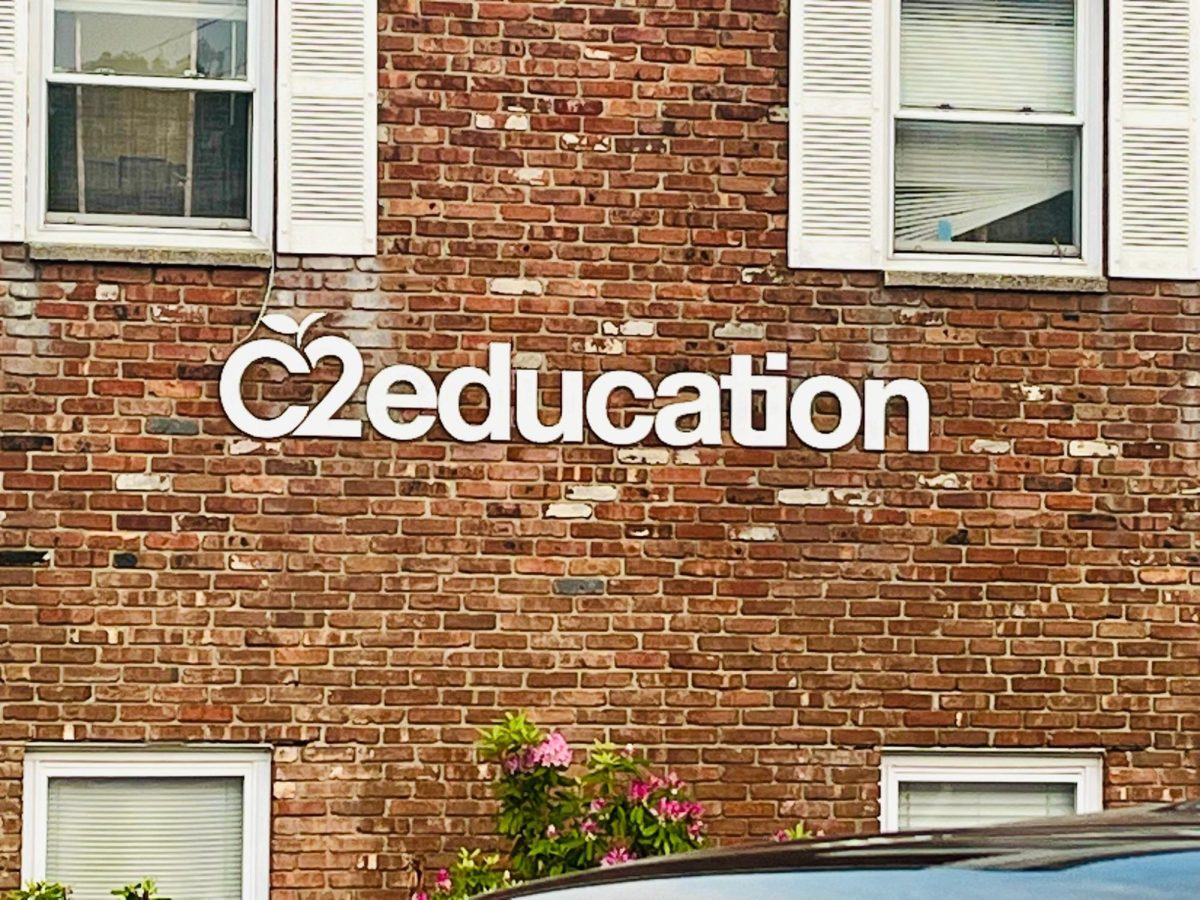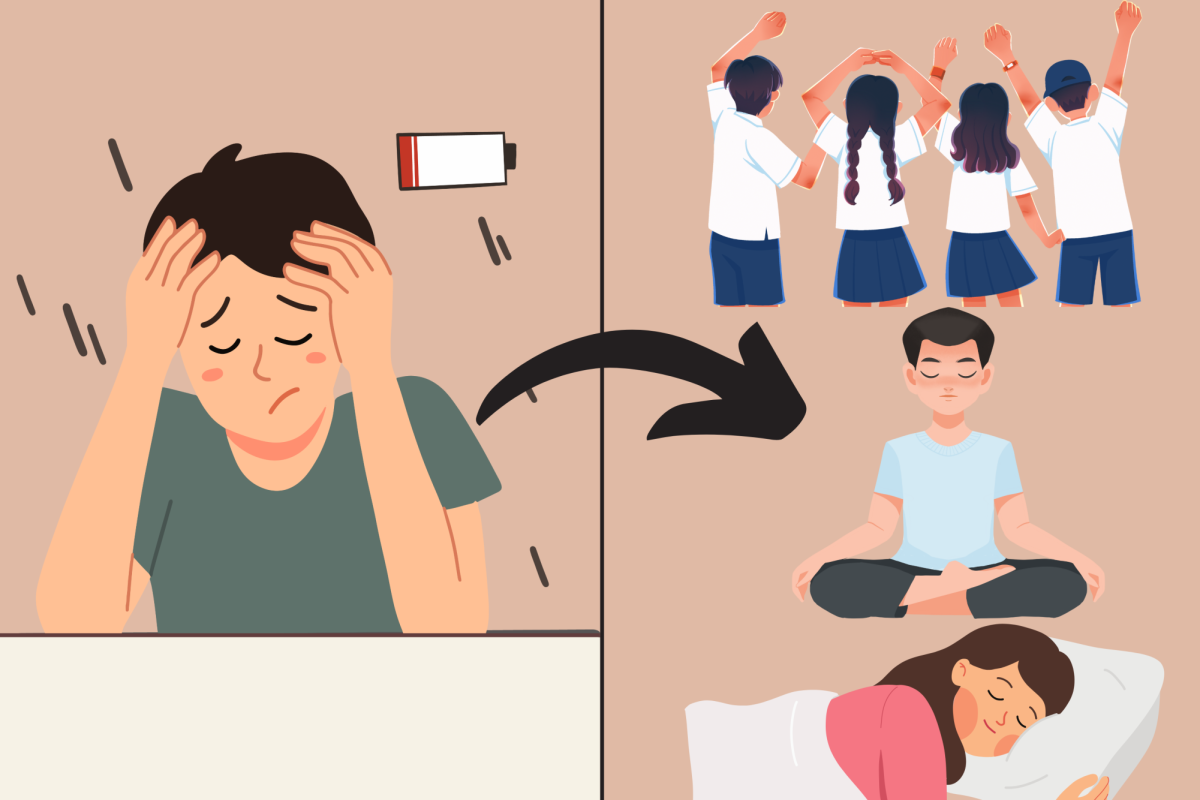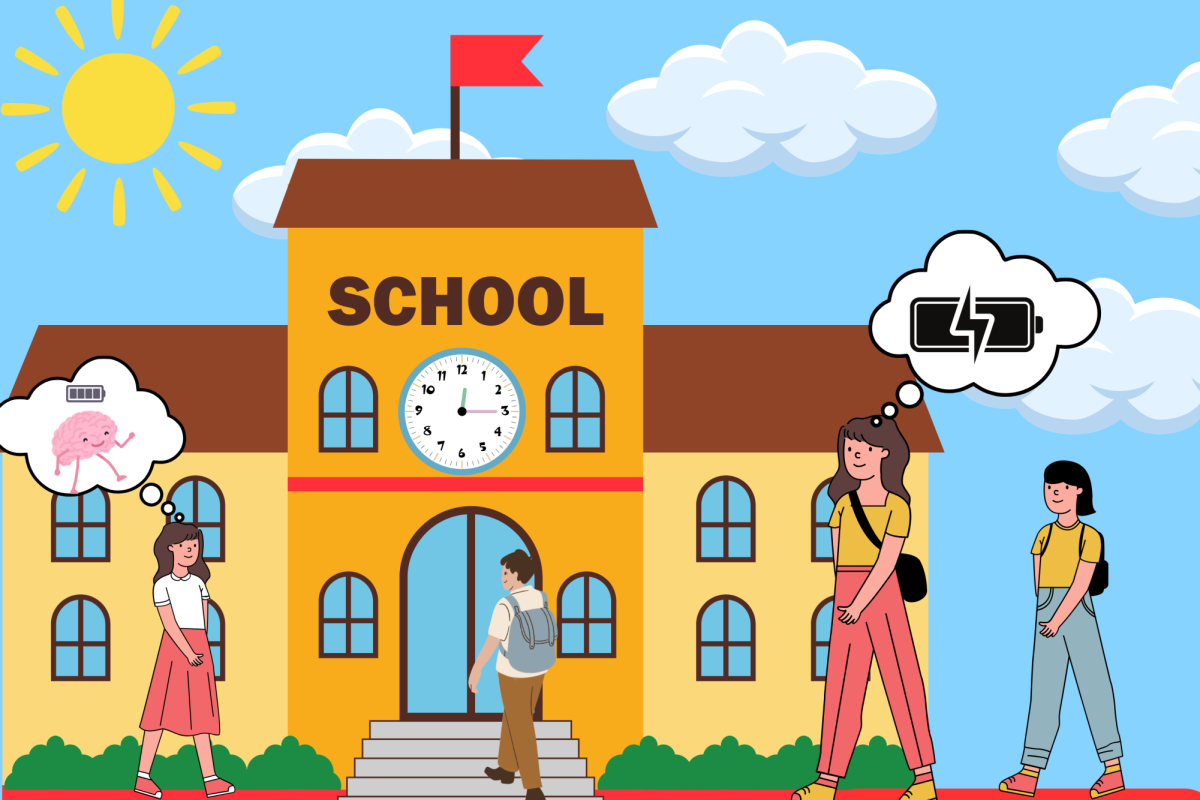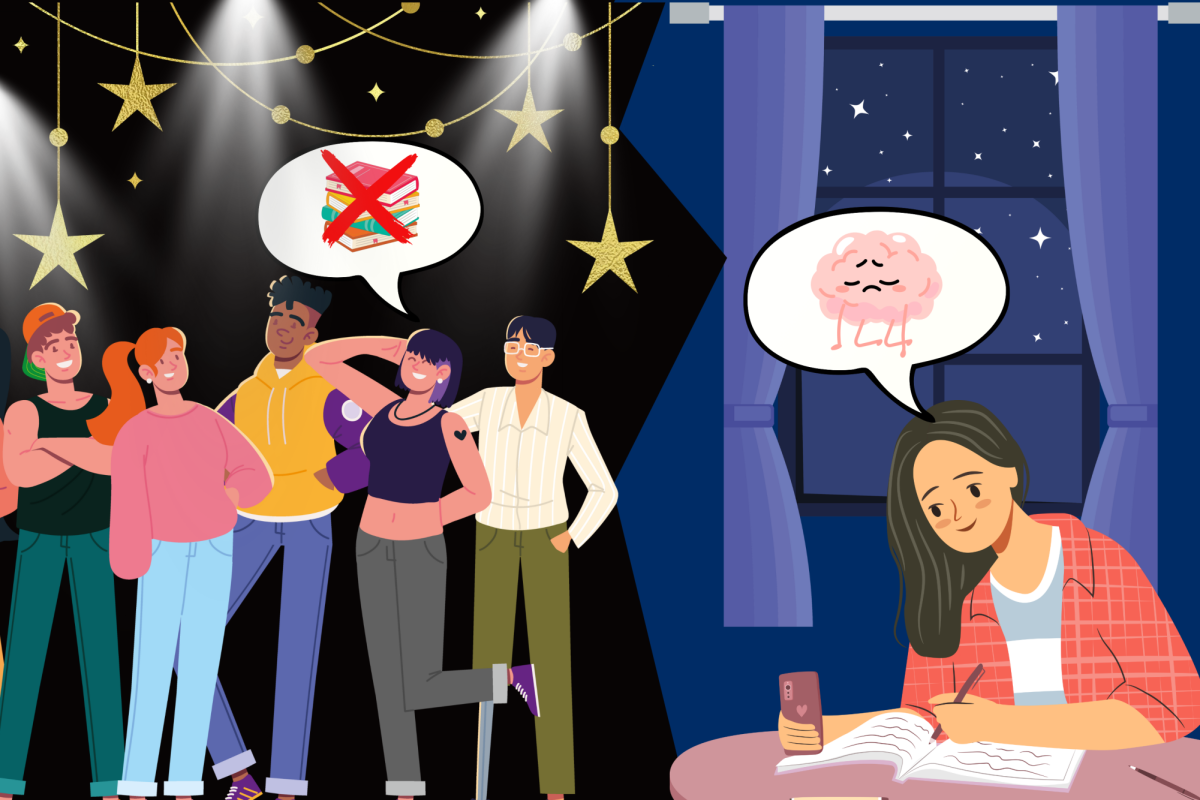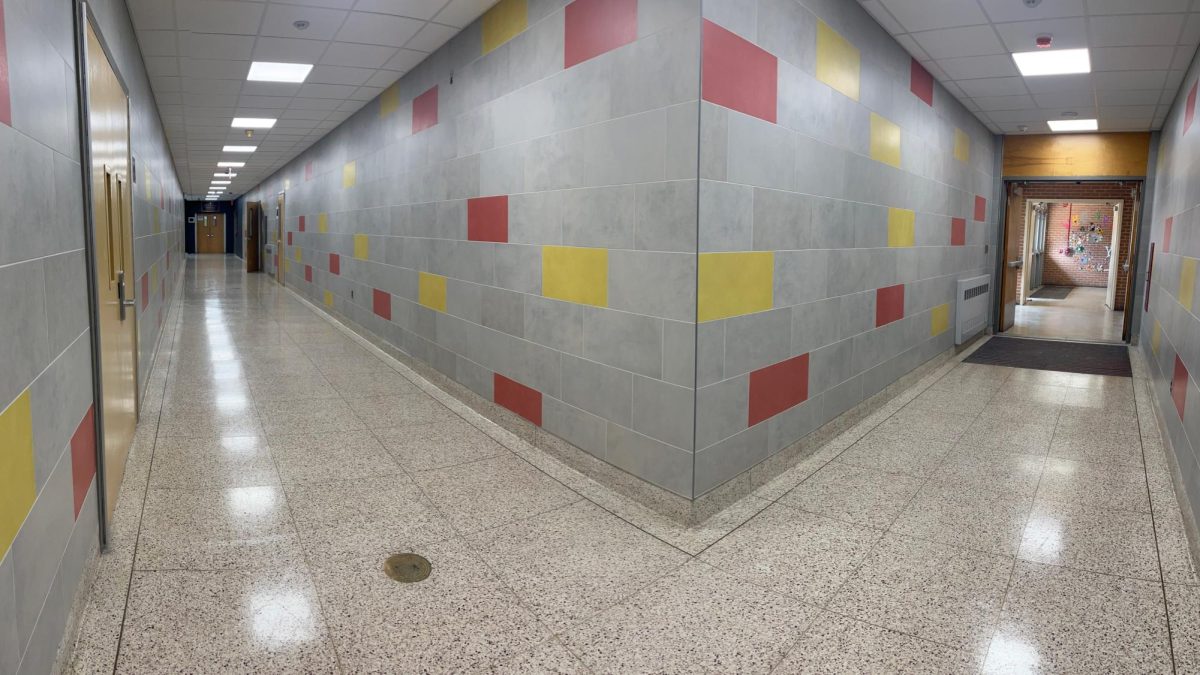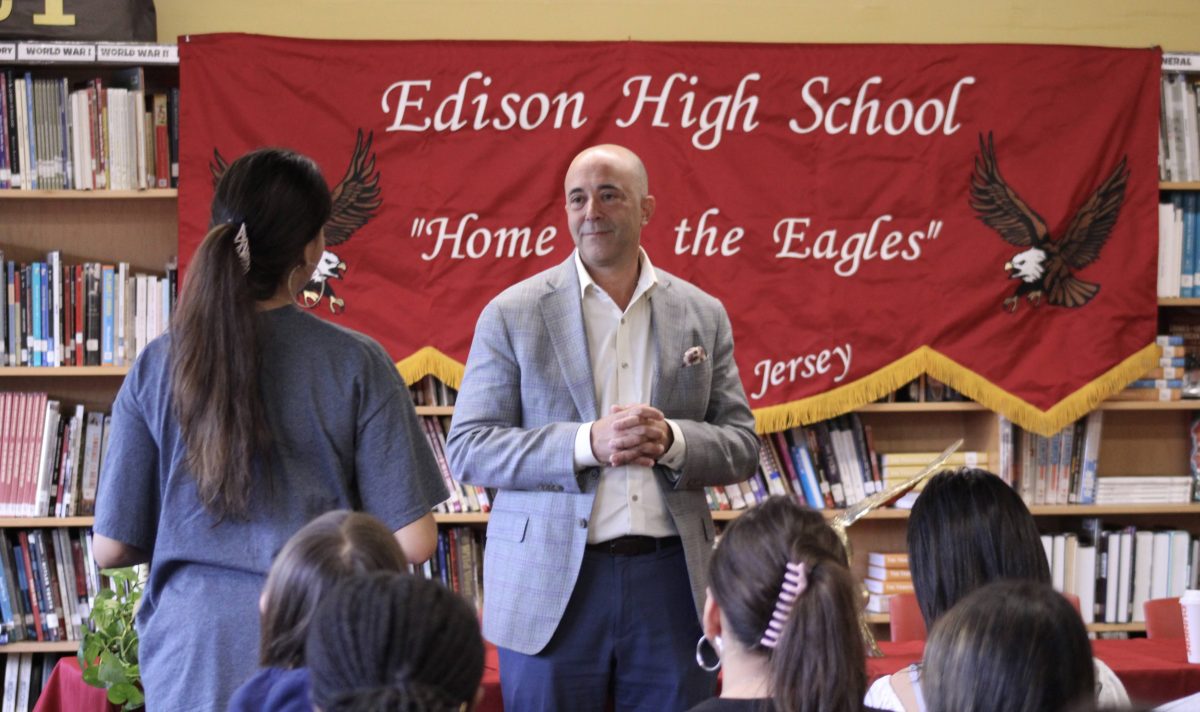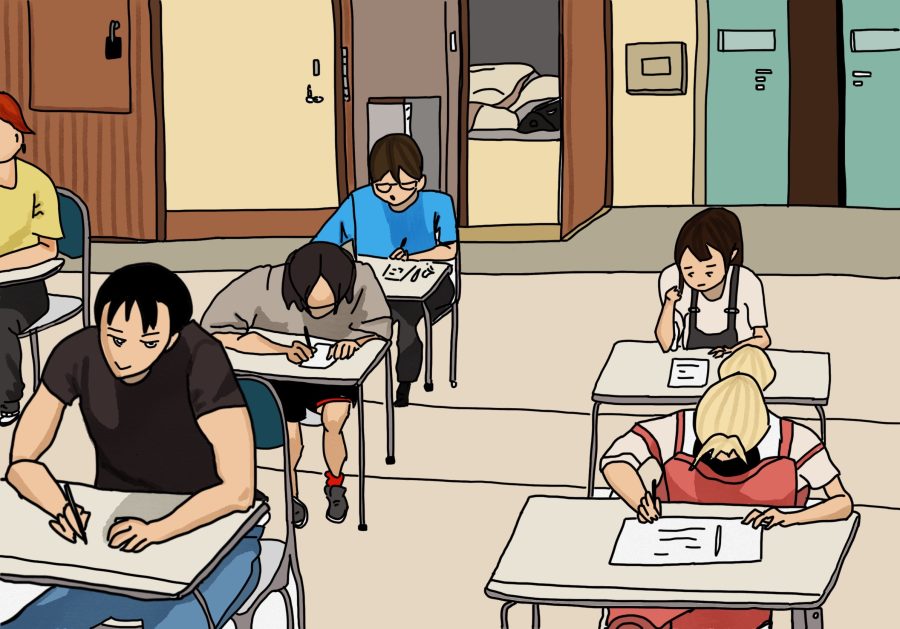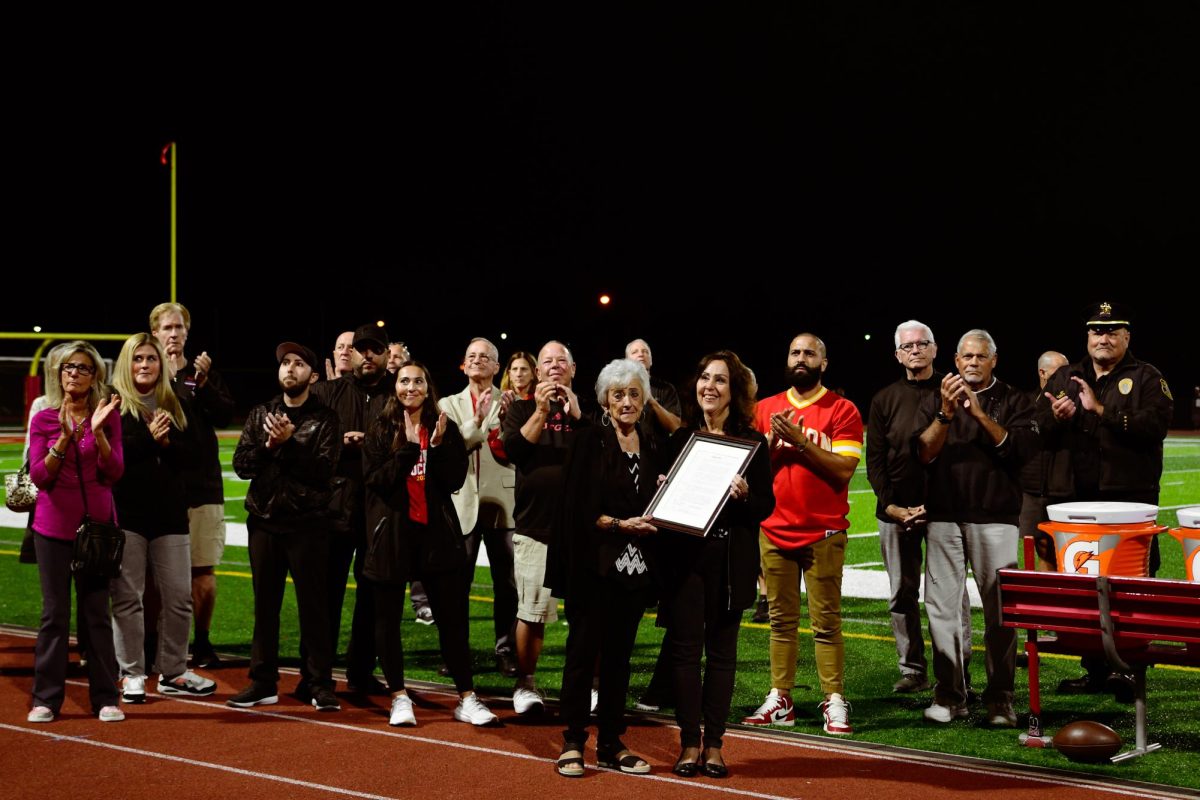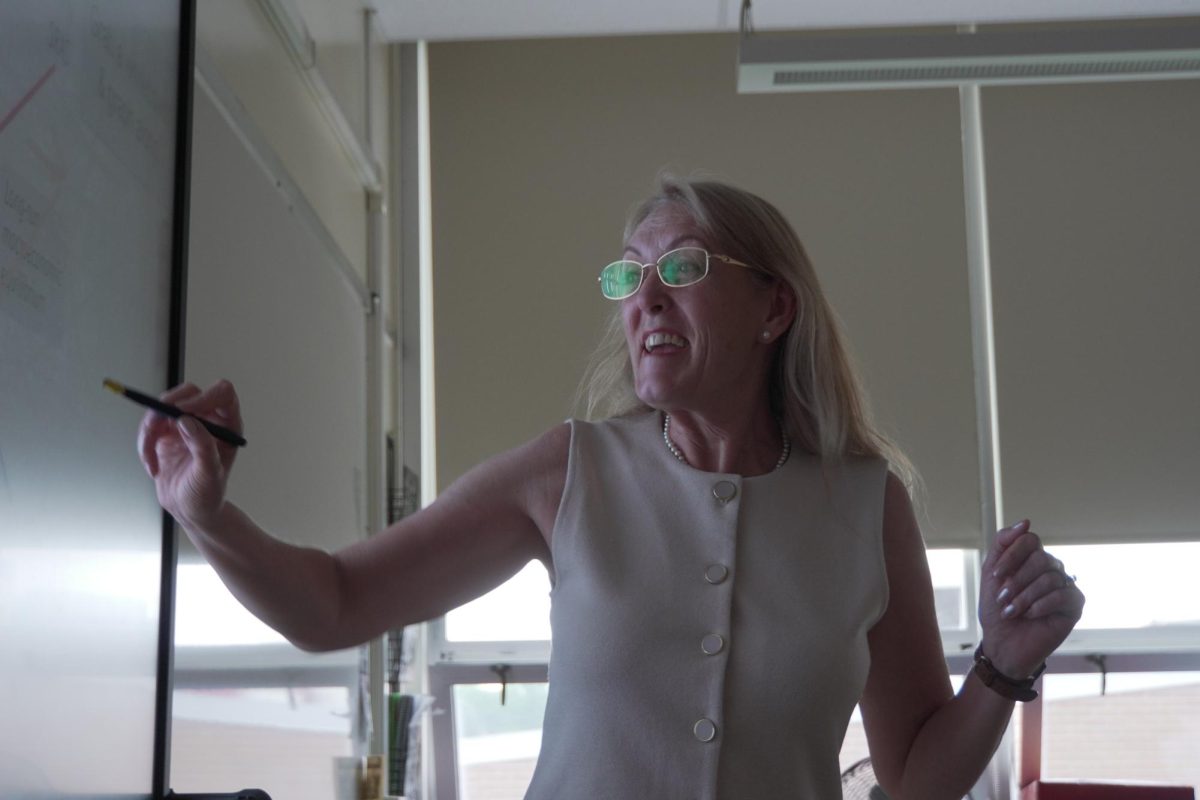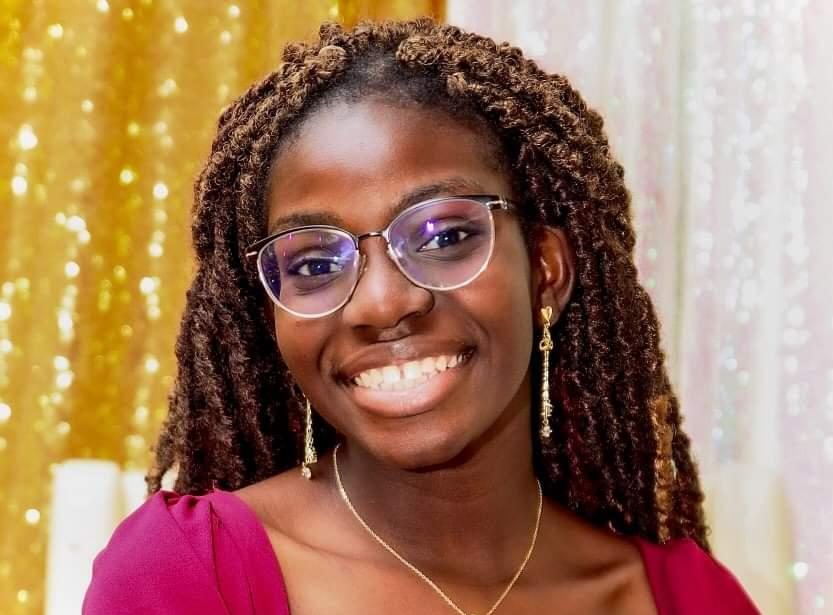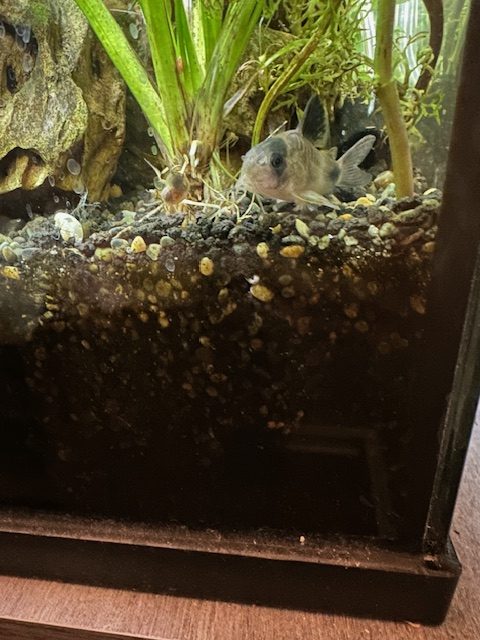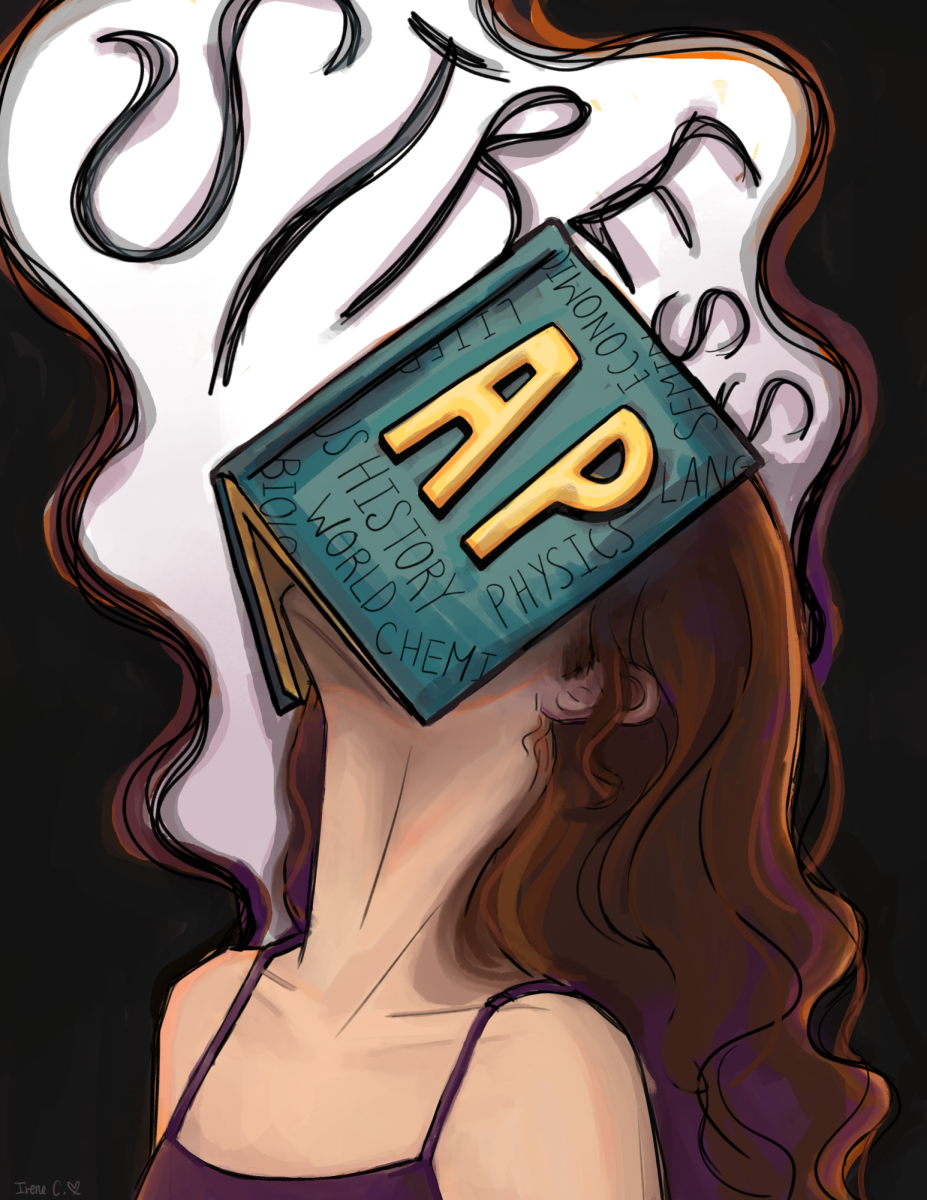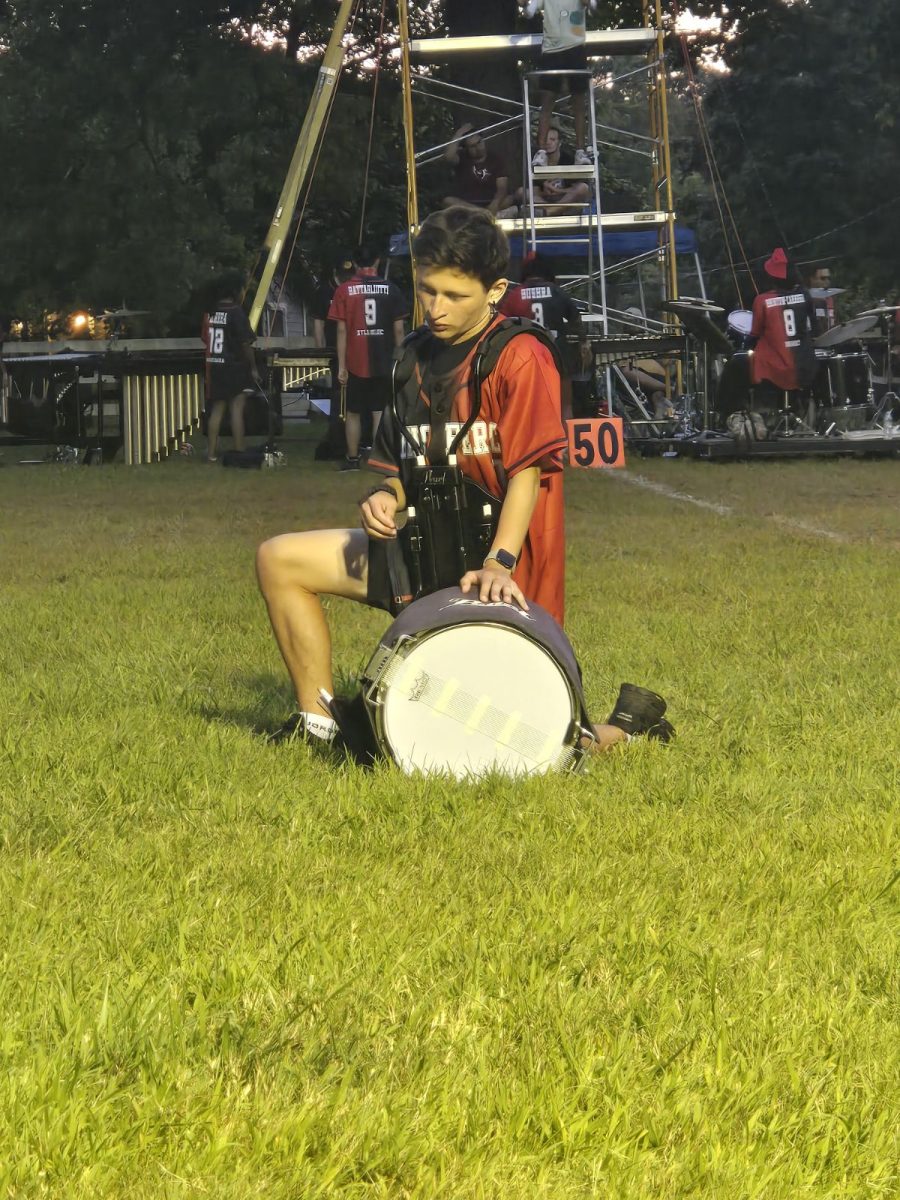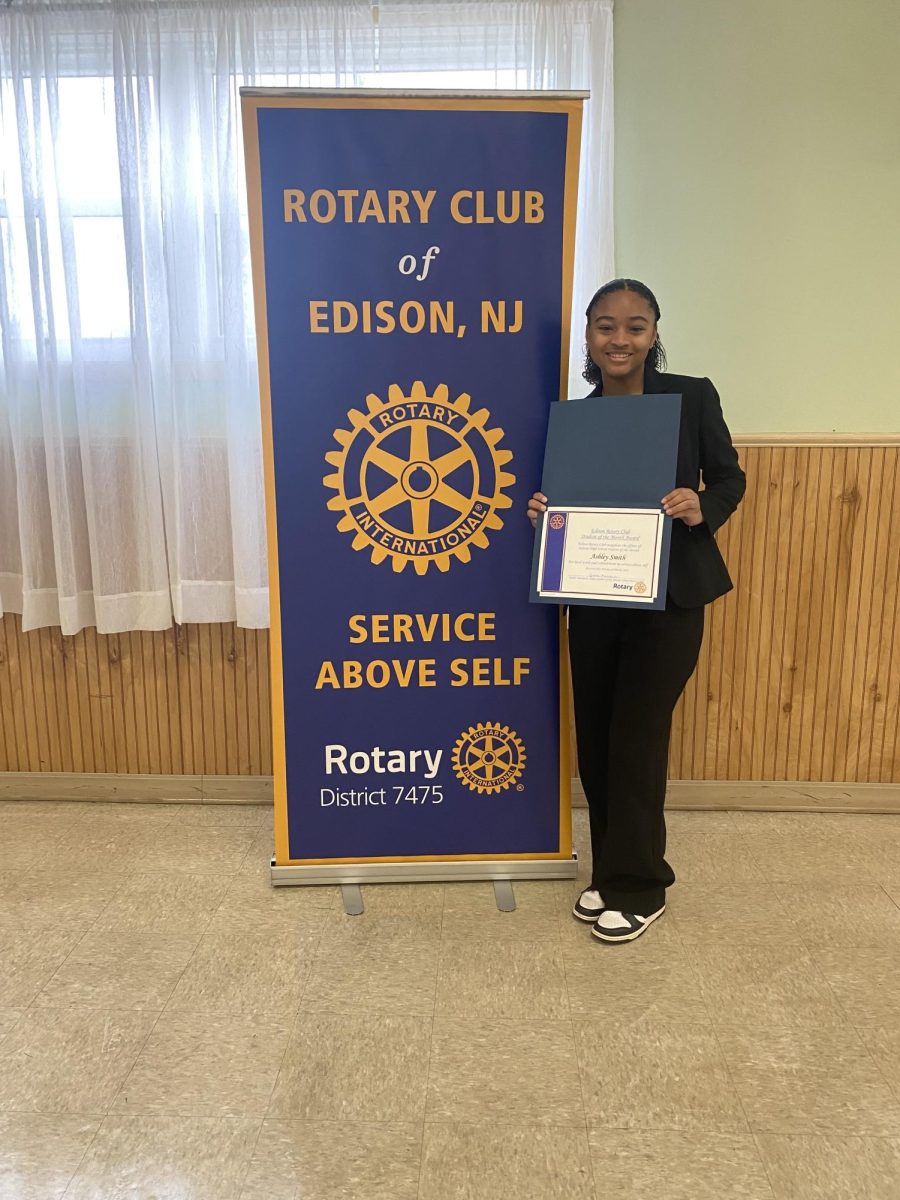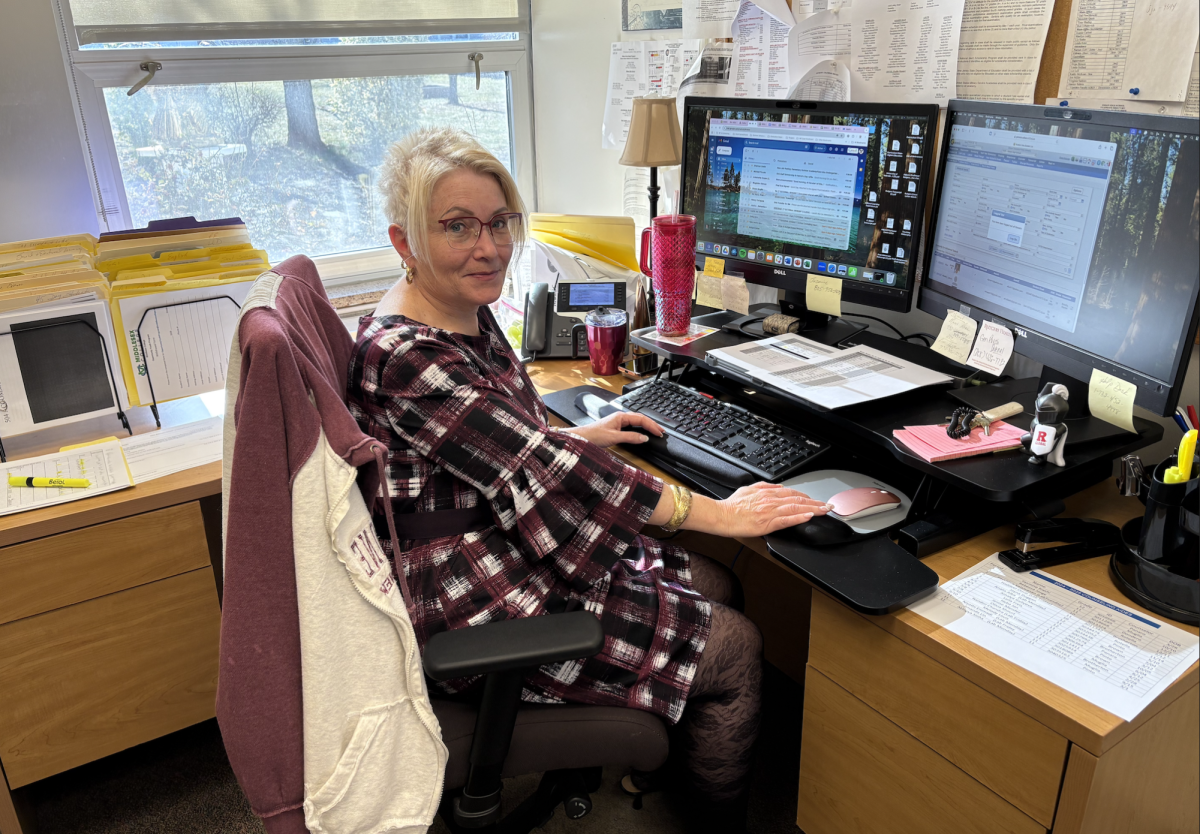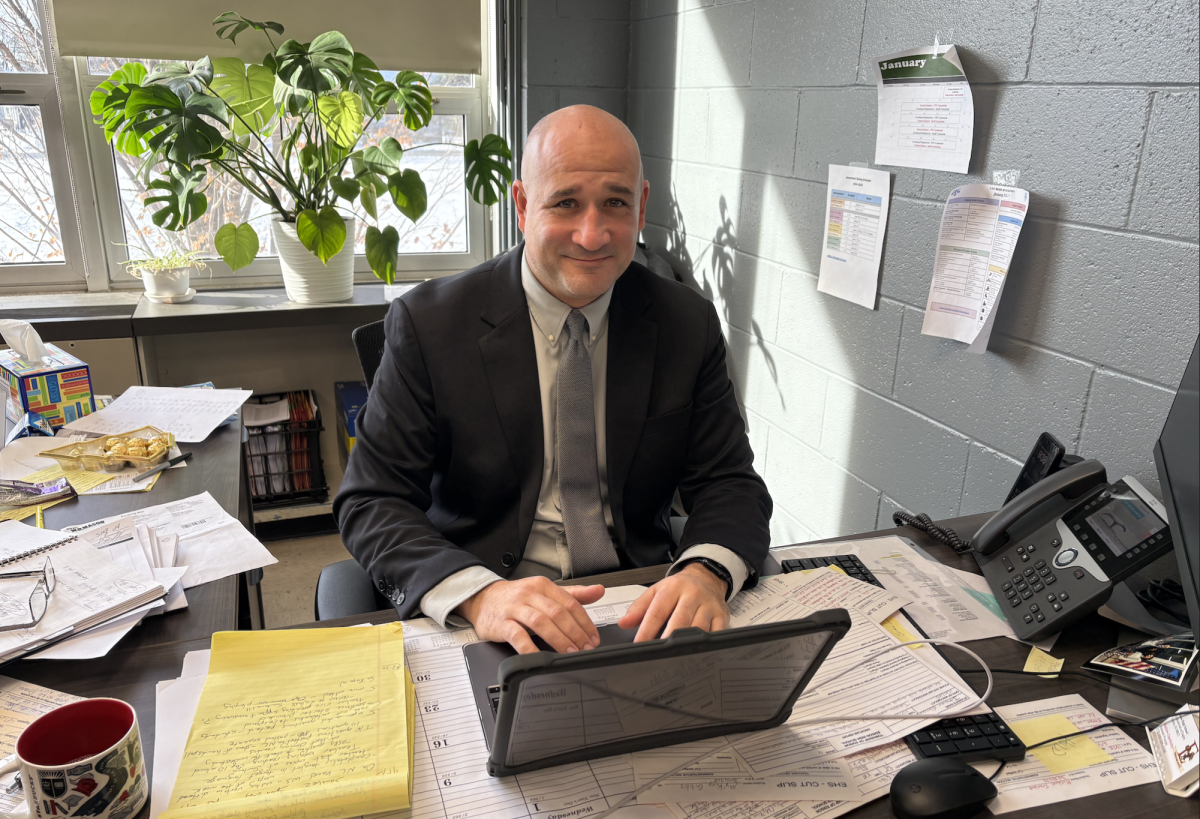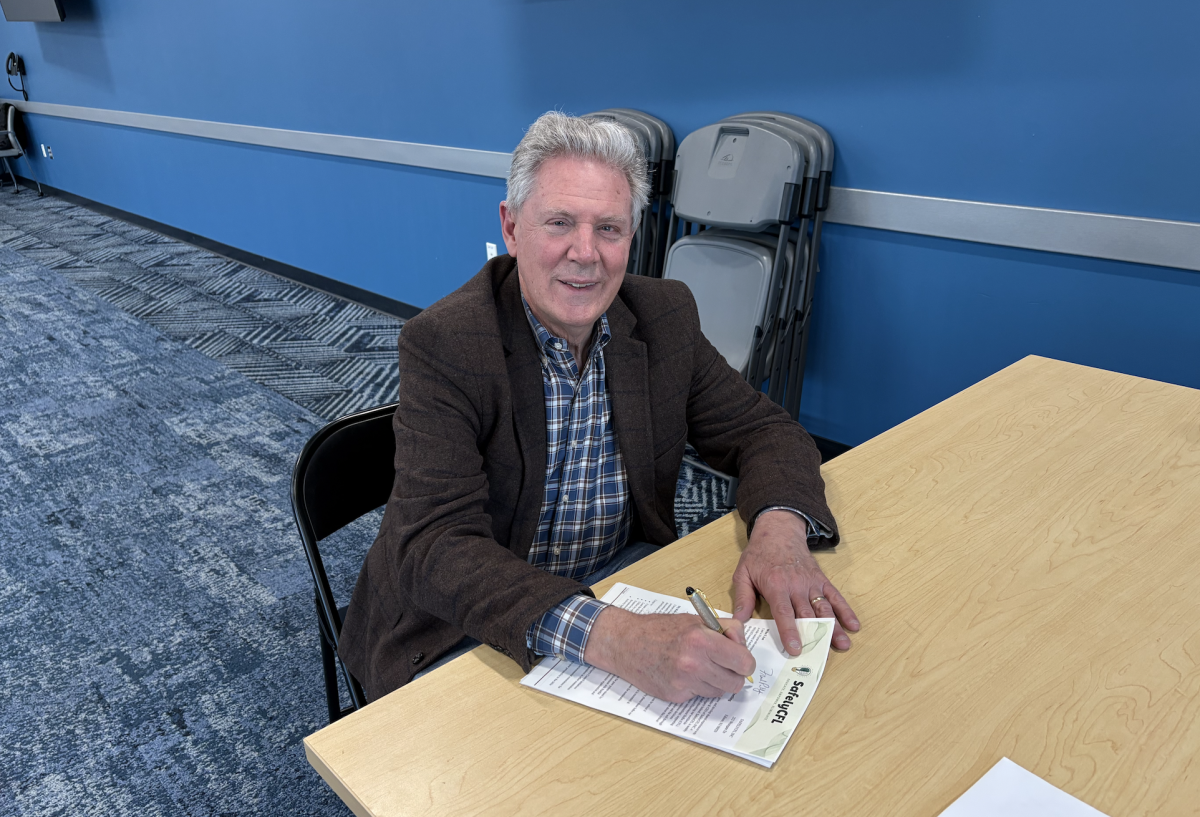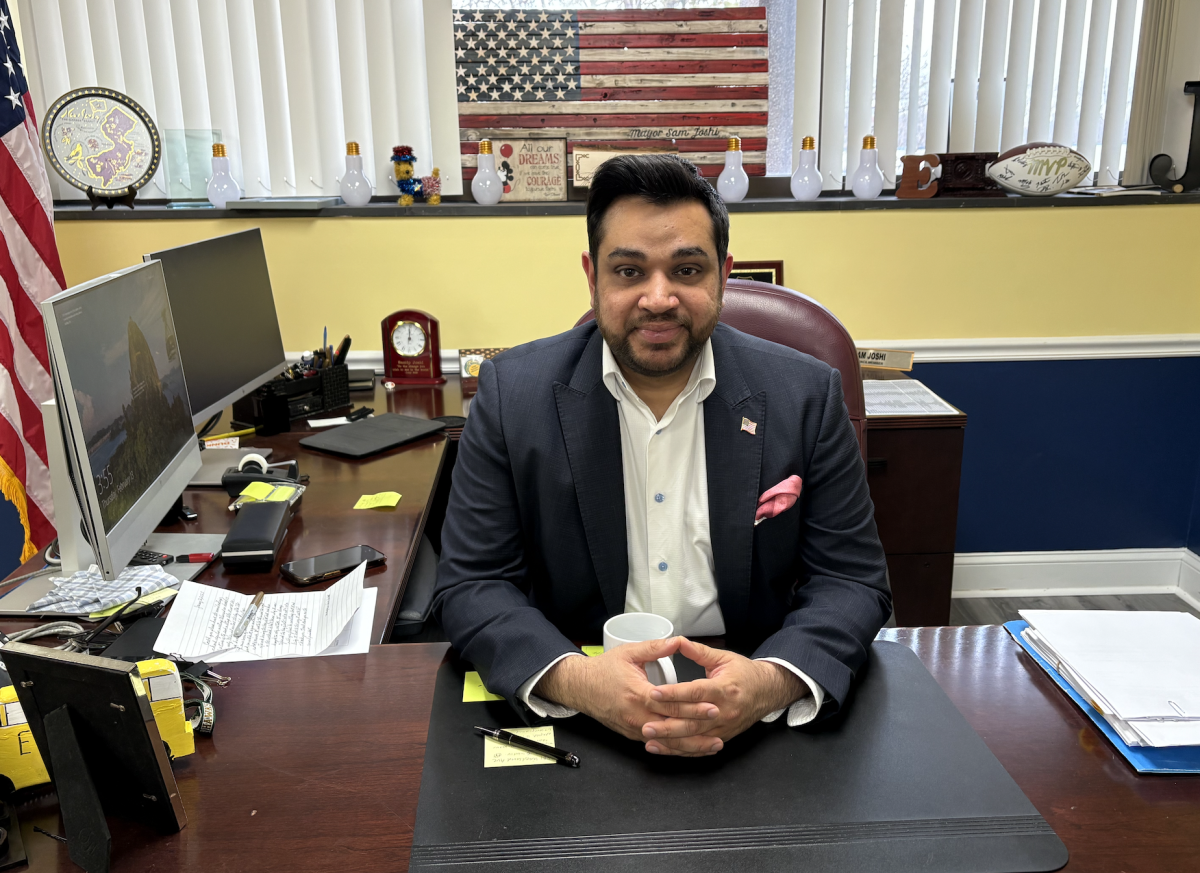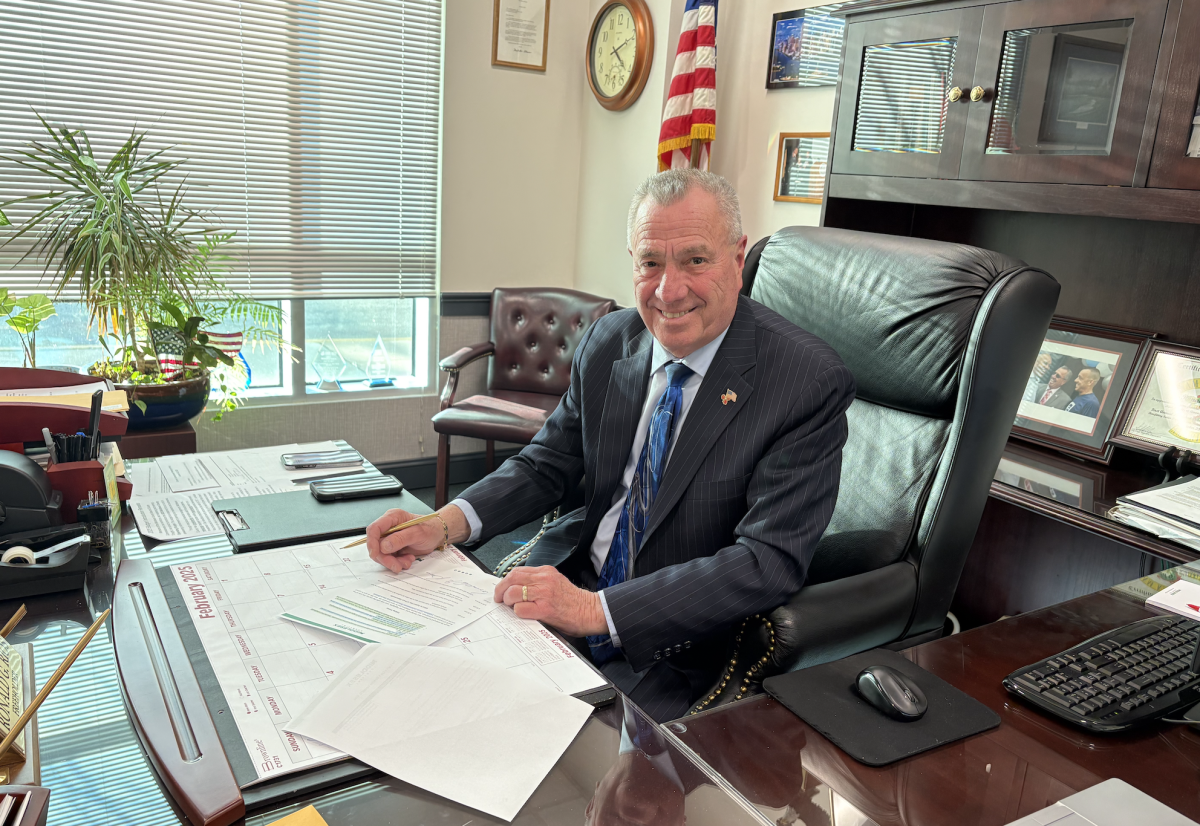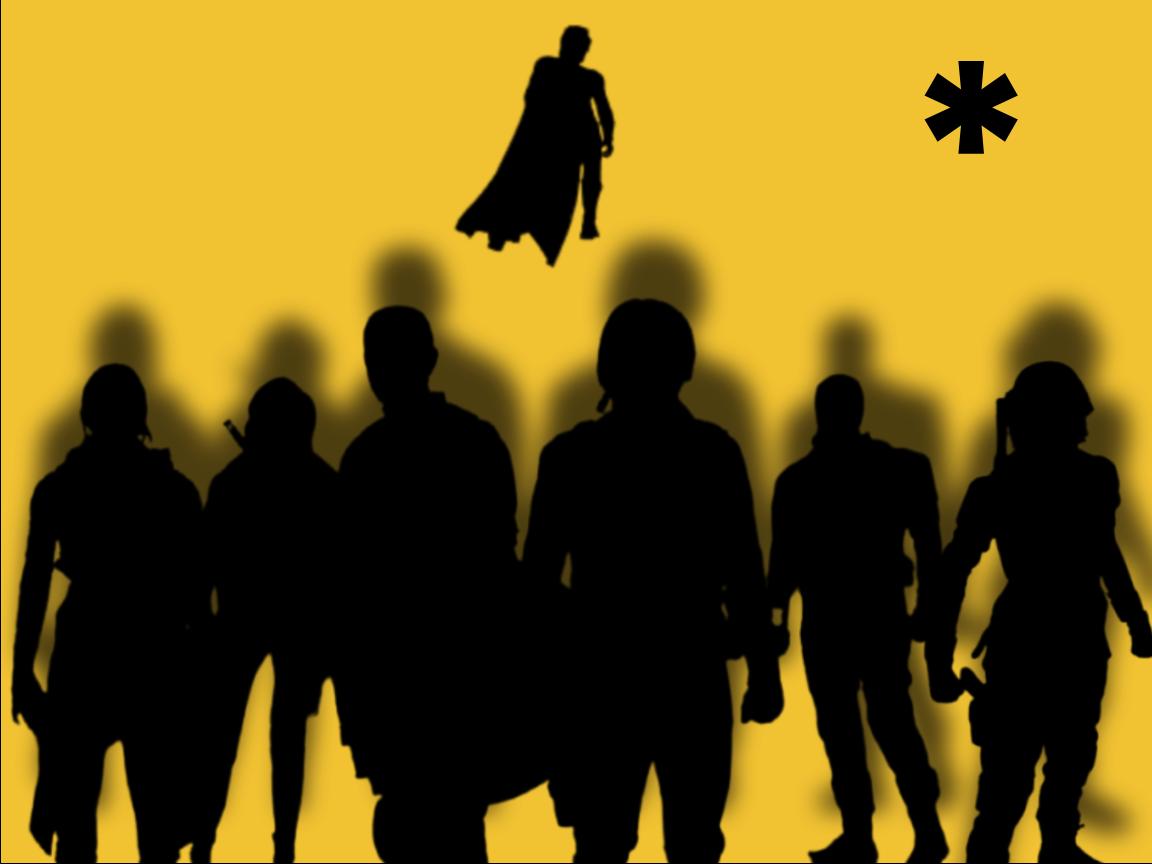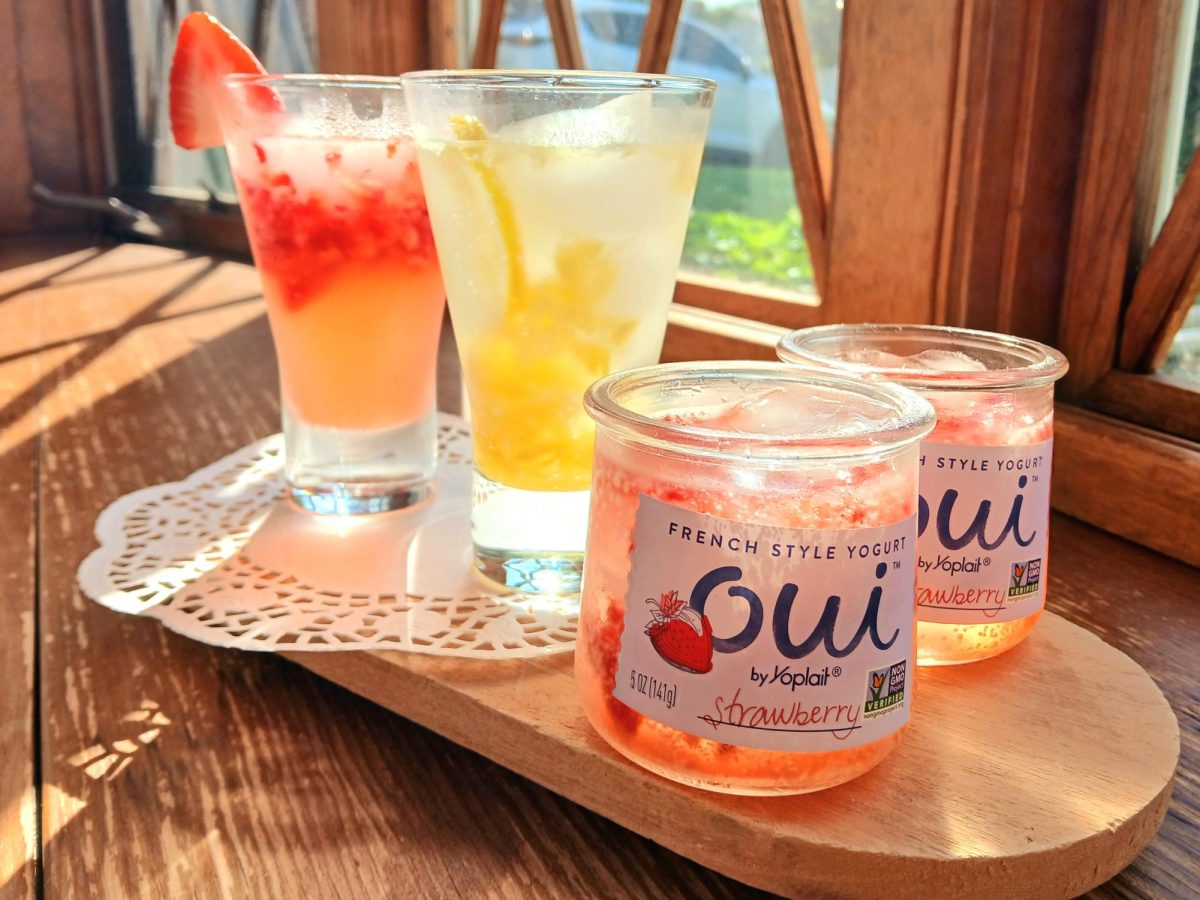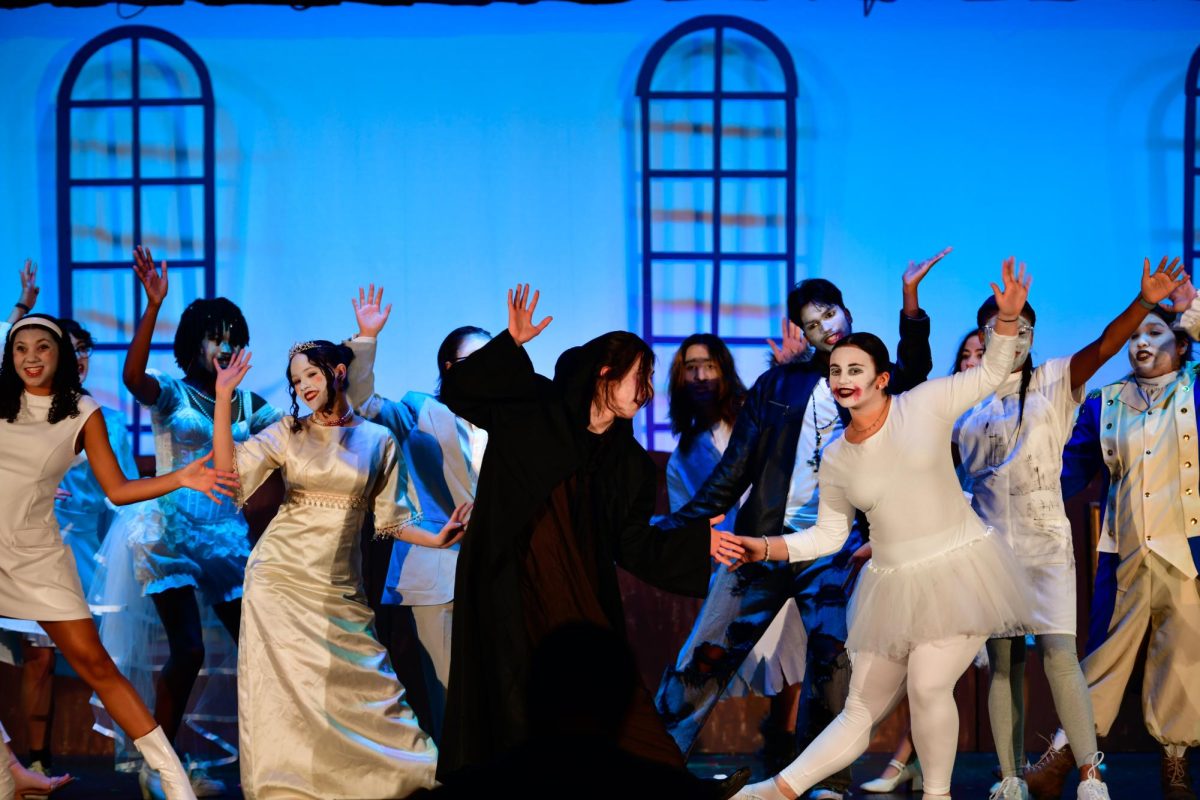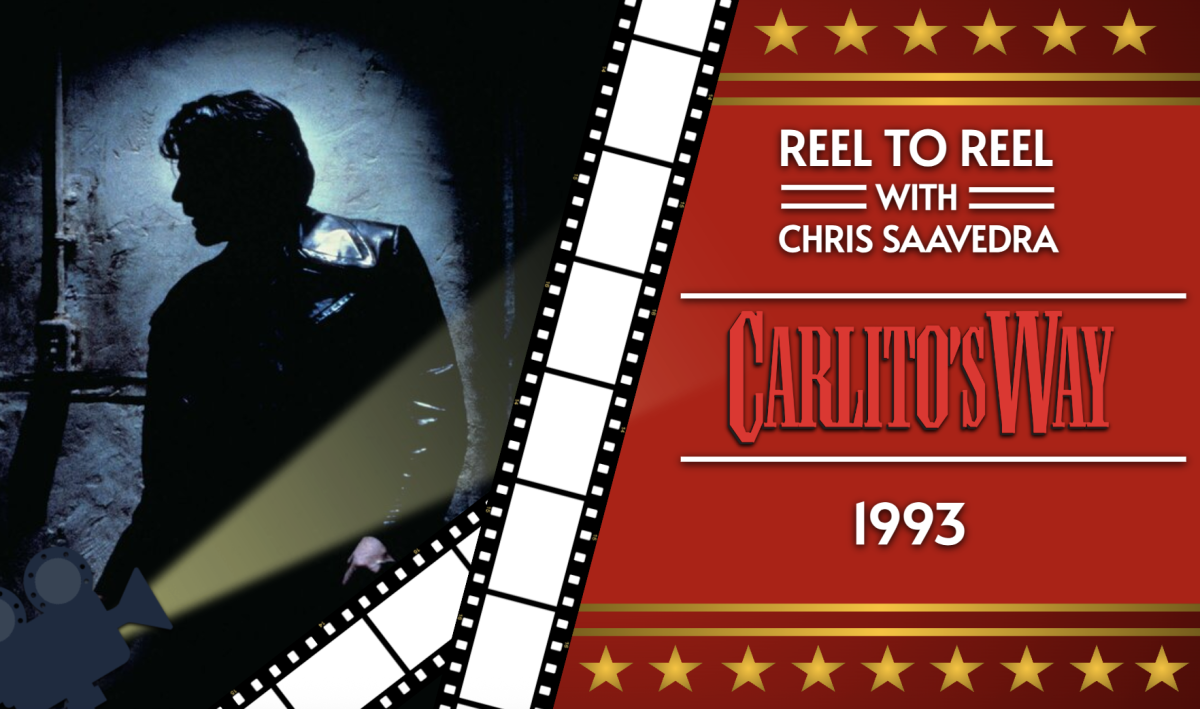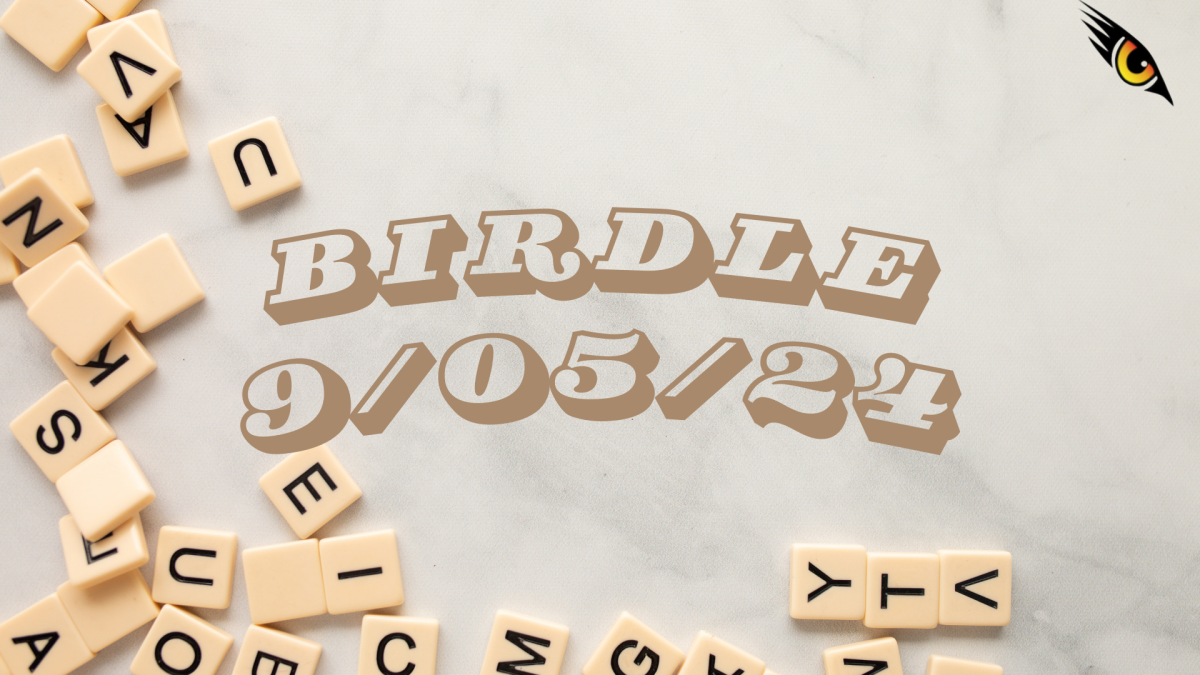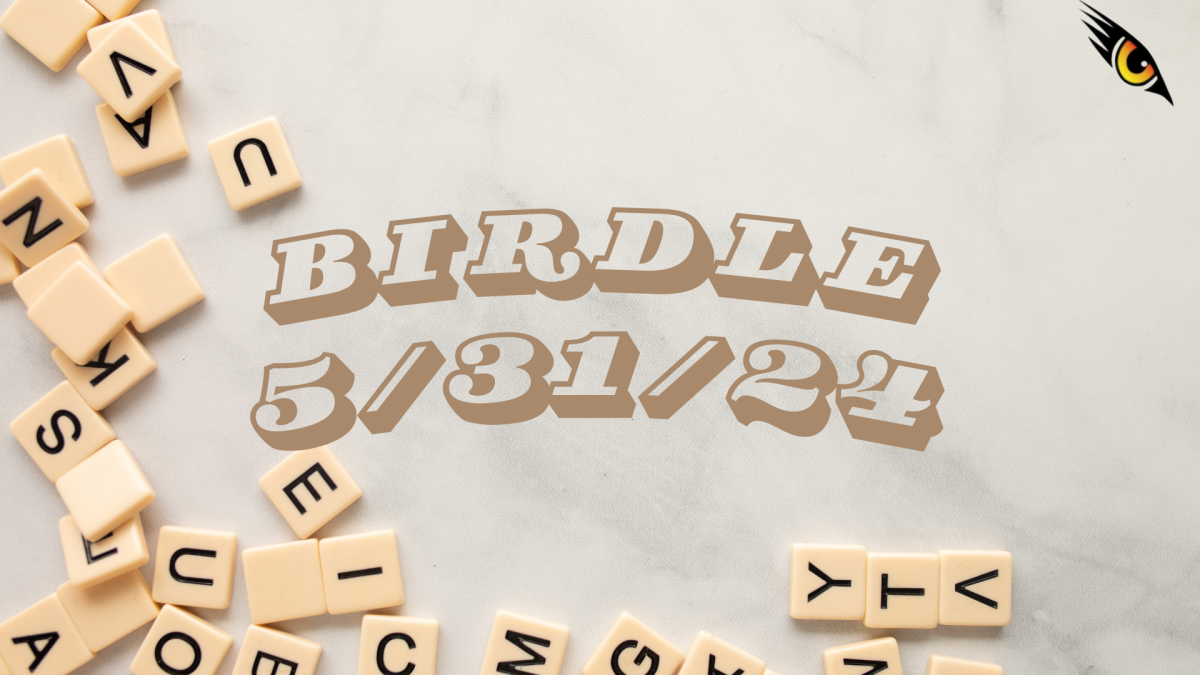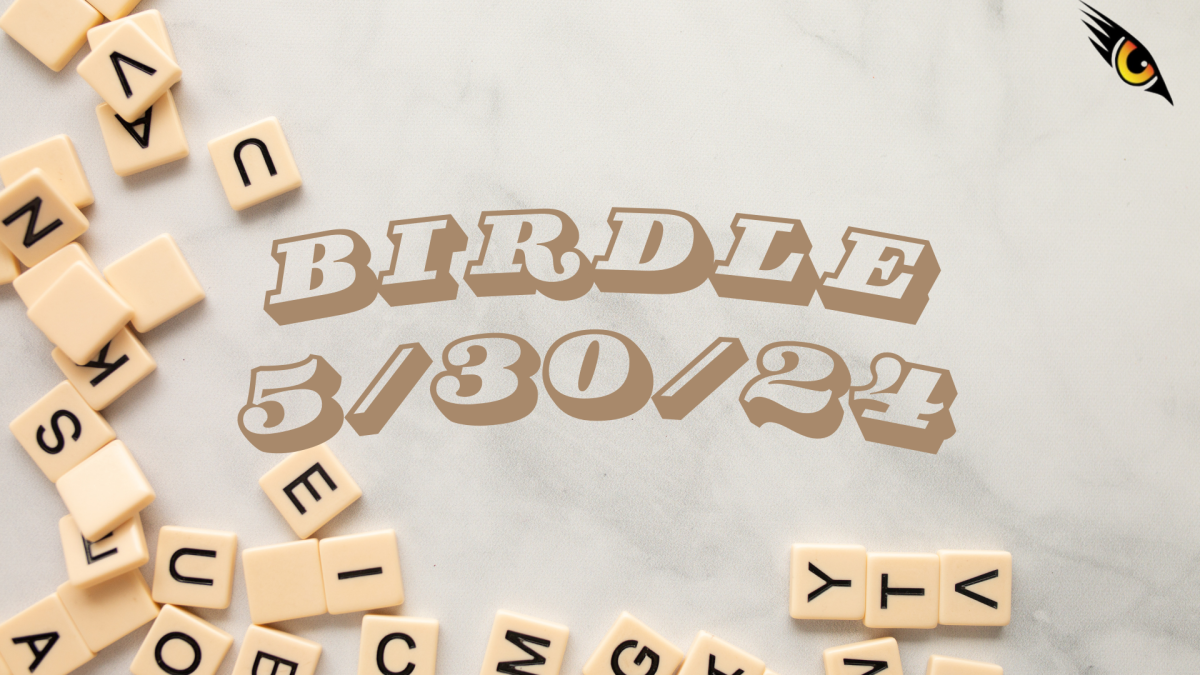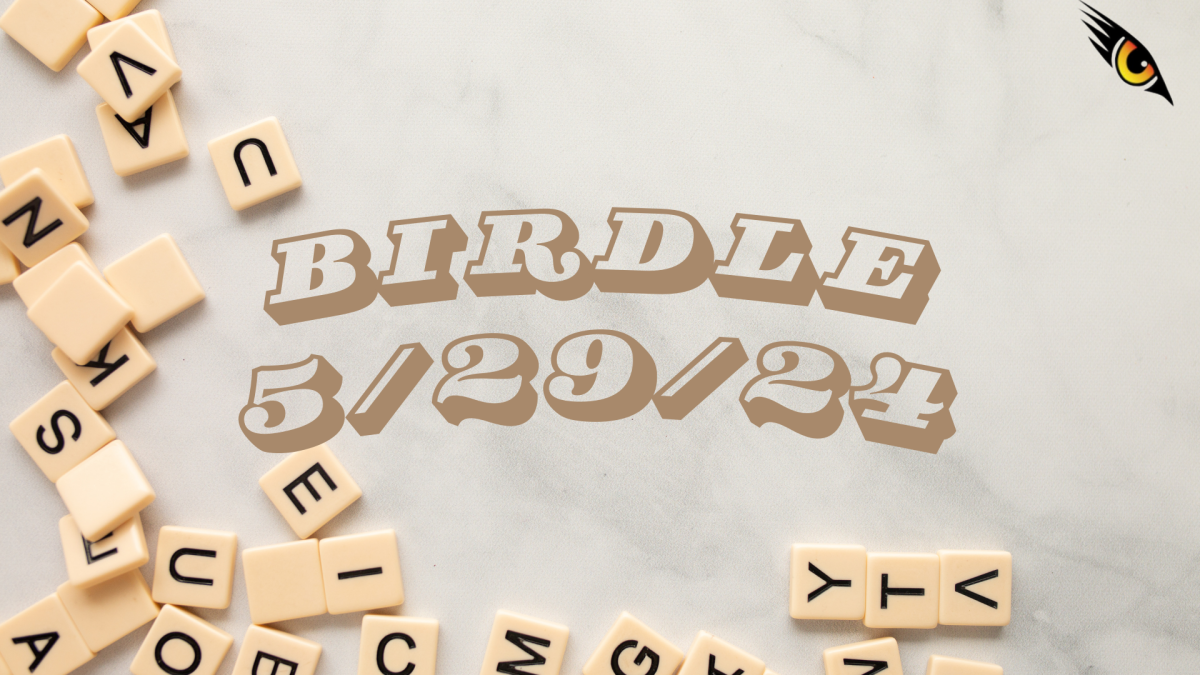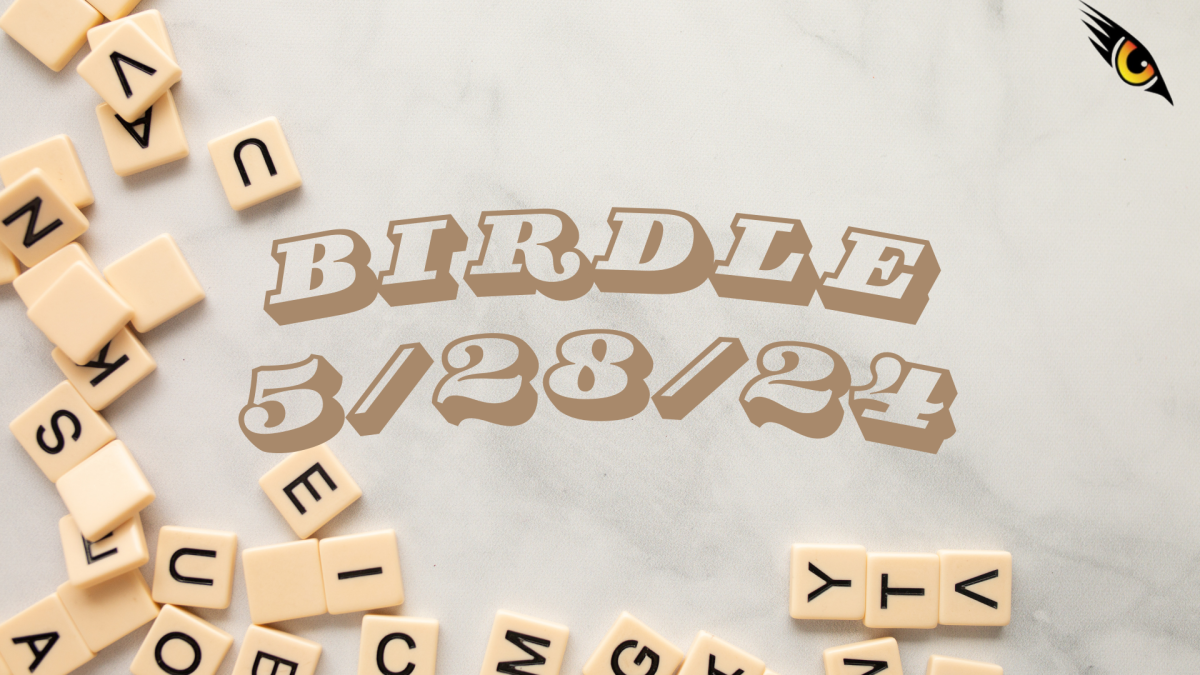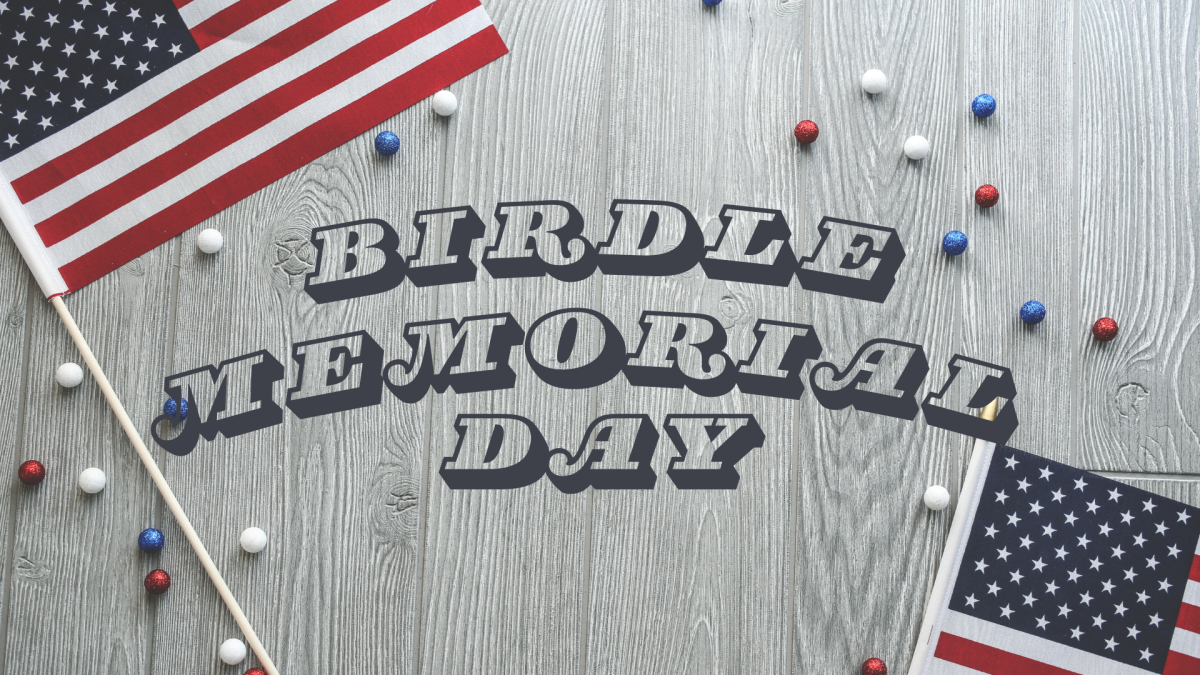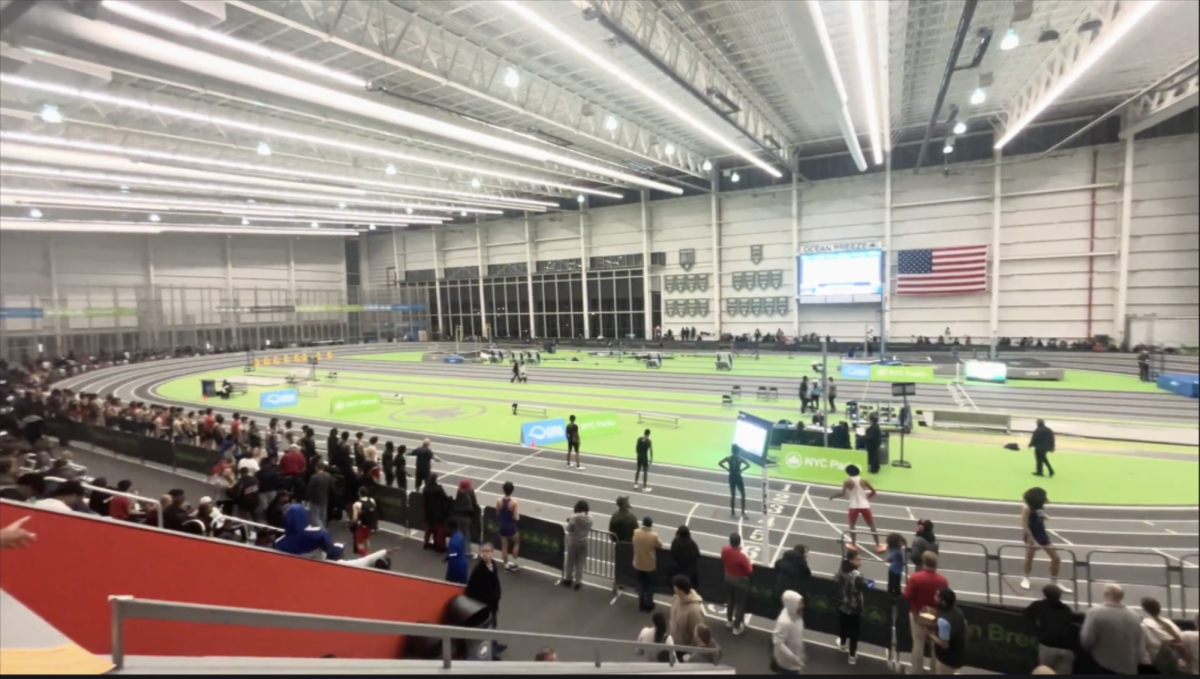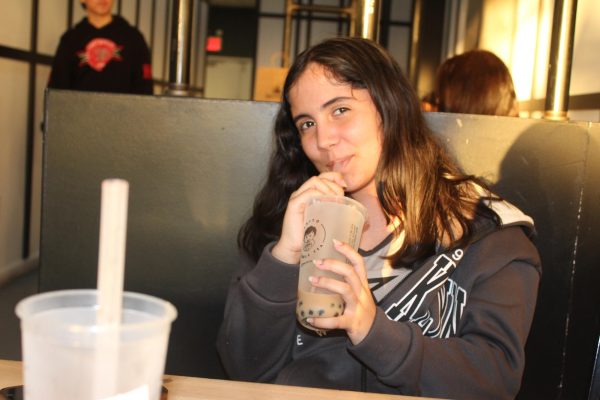For the past few years, many of us traced holiday murals along the walls leading into the cafeteria and glanced at the flyers and banners hanging from the ceilings. It is, therefore, what we expected, walking into Edison High this September. Instead, we found ourselves walking into an unfamiliar building. Murals that once stretched across the walls were covered up, and the senior of the month photos that were hung in the lobby had vanished. The class photos that lined up the hall to the main office, each capturing years of EHS history, were replaced with sterile, gray-brick walls. Albeit a little dated, it felt like all the distinctive aspects that made EHS vibrant and alive were stripped away.
Over the summer, Edison High had major renovations to the main lobby and cafeteria, replacing walls and building a new security office in the lobby. The halls between the two sections have also been renovated, featuring primarily gray-brick walls. Such renovations have been made to improve the structure and safety of older parts of the building that haven’t been updated in decades. The school is expecting more upcoming renovations, including more classrooms, a new orchestra room, and safety improvements to the fire alarm system. With more renovations to come, the question becomes: What do the people of Edison High think?
For our editorial board, walking through Edison High’s newly renovated halls, it was hard not to ignore what has been lost. Despite the fresh paint and sleek walls, the renovations have erased familiar murals, posters, and decorations–stripping away much of the school’s spirit upon entry, the first impression.
Schools, especially this one, are more than just buildings. They are living records of the people who pass through them. The framed class photos that once lined our hallways told a story stretching back decades–showing color slowly appearing in the images and the student body evolving over time. Passing the Eagle’s Eye bulletin gave us a burst of school pride and a reminder of our collective voice. Renovations should make our school feel more alive, not less. By trading color and character for sterile walls, we risk sending the message that tradition and spirit don’t matter here.
The hallway’s significance was, in a deep part, due to the physical representation of continuity that it served as. The hallways contained traces of people who attended the school in the past, traces that ultimately helped breed a sense of connection between the past and present. Stripping these hallway decorations both erases precious artwork and the feeling of togetherness fostered by the hallways. Edison High School is more than just a building: it is a community that values pride and memories, and the previously vibrant hallway reminds students of this fact.
While changes to the hallways were inevitable, given the age of the school building, this shift doesn’t have to erase our identity as Eagles. One way to reverse this loss of character could be through integrating student and faculty voices into the design process—inviting art students to showcase their art in the hallway leading to the cafeteria (ex: new art installation in the main lobby) or showcasing historical EHS photos. Continuing hallway-decorating competitions for various events and celebrations, such as Halloween or the festive season, could also reflect the spirit of the EHS community. These touches would ensure that our school hallways aren’t blank or bleak, monotonous spaces but areas that celebrate the diversity and pride that Edison High has to offer all while embracing a fresh look.
When students returned to EHS this fall, the gray-brick walls and missing murals made our school feel stripped of its soul. However, the blank walls also signal an opportunity to further connect our community. By commissioning student murals, restoring class photos, and holding hallway-decorating competitions, we can reignite the pride and prestige that our hallways once gave our school. Our hallways were a living record of Edison High School’s collective spirit. If EHS blends progress with tradition and culture, we can transform our school’s sterile walls into colorful reflections of our history, culture, and the Eagle pride that unites us all, for the present and for the future.

